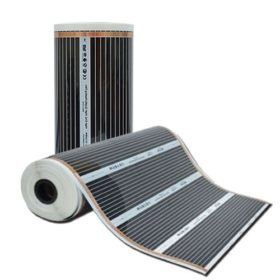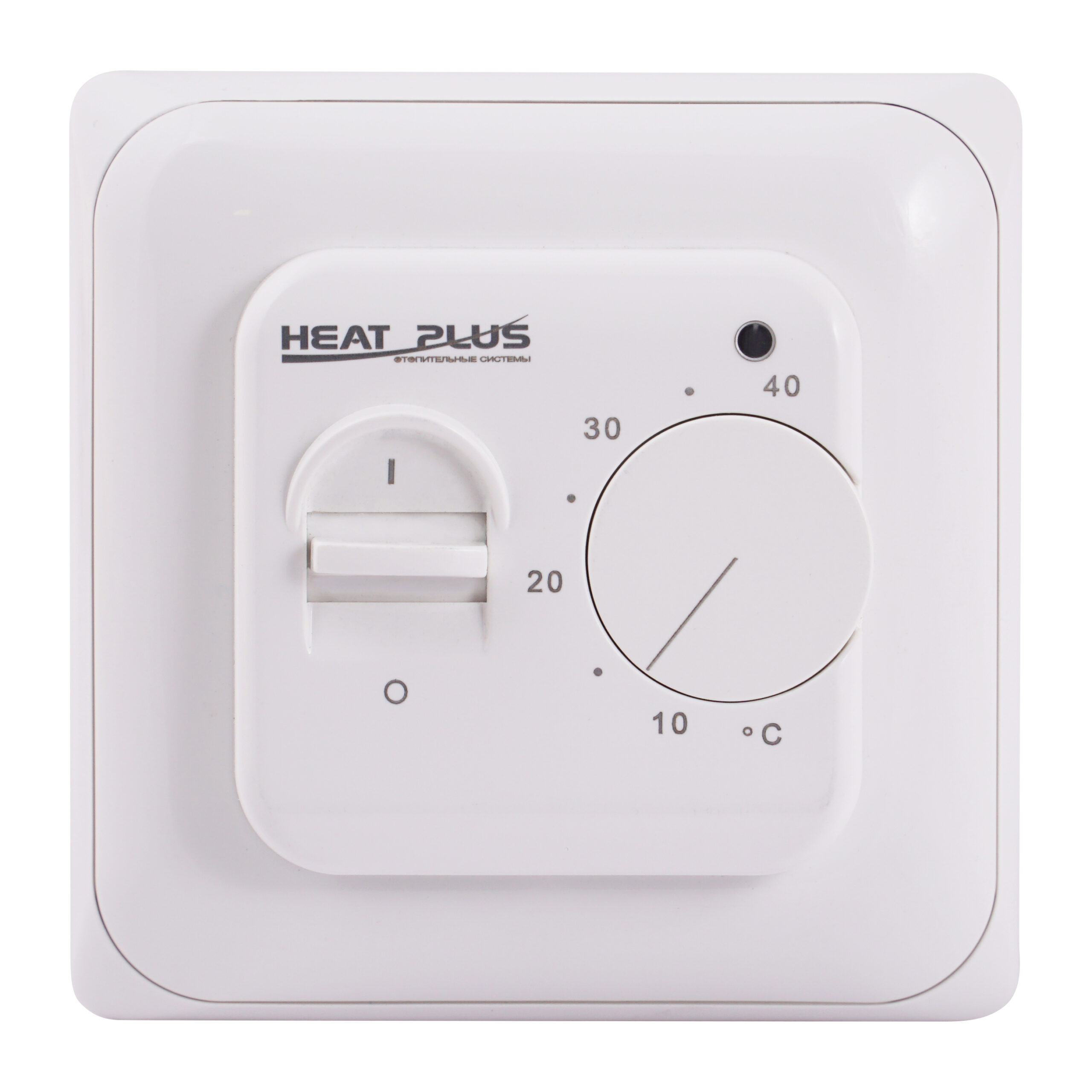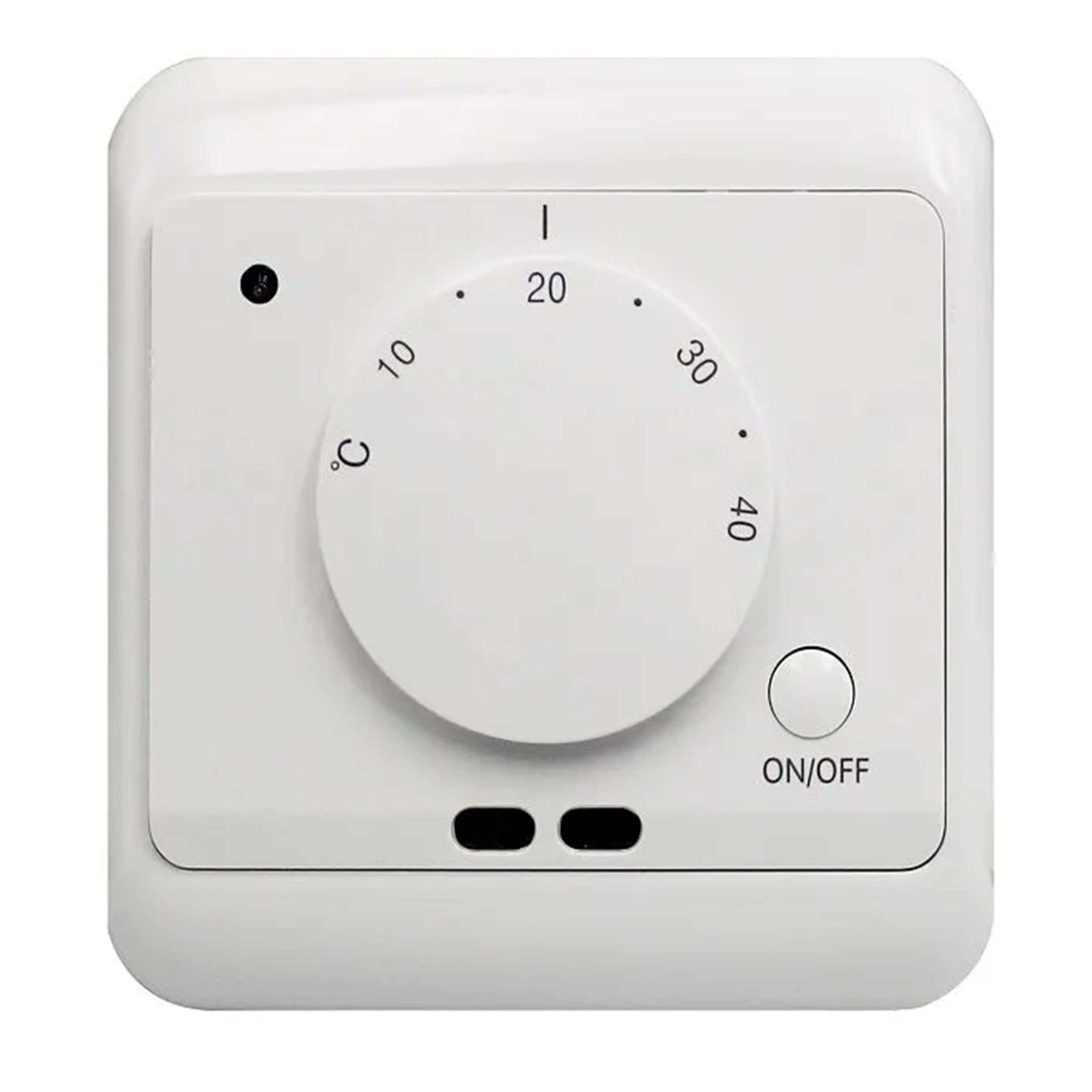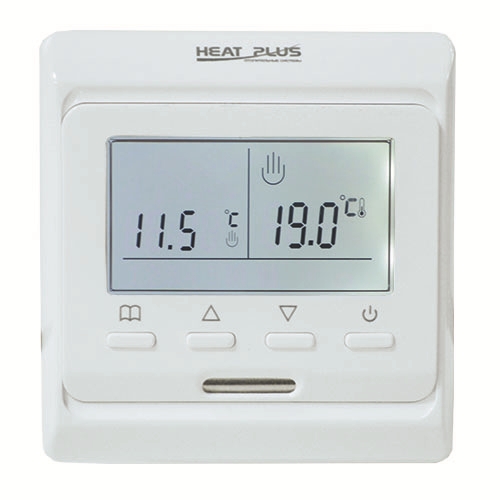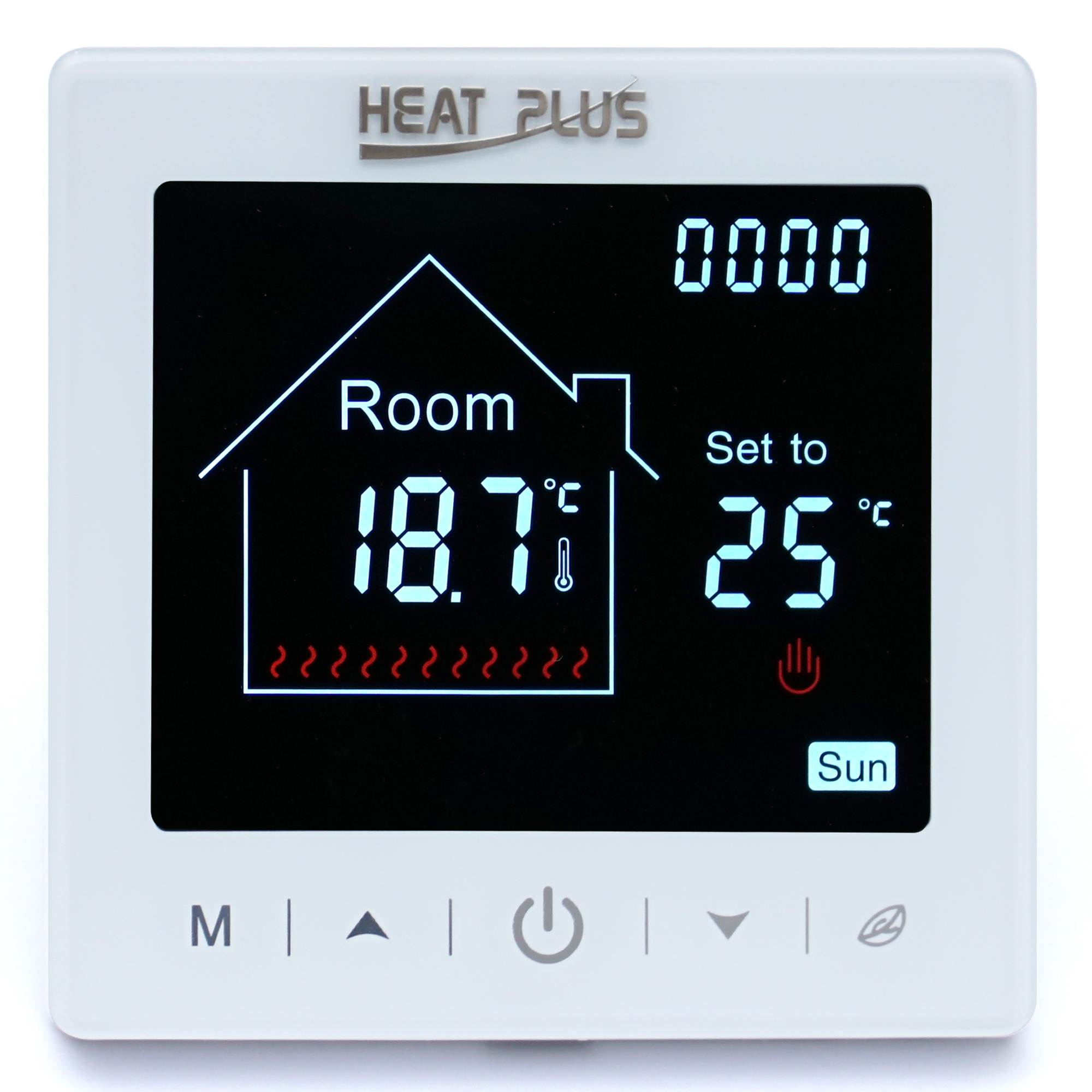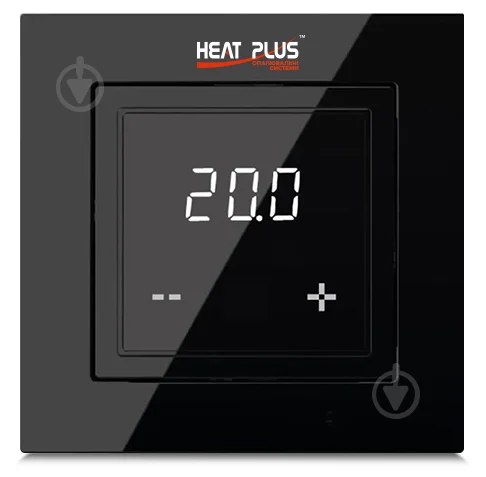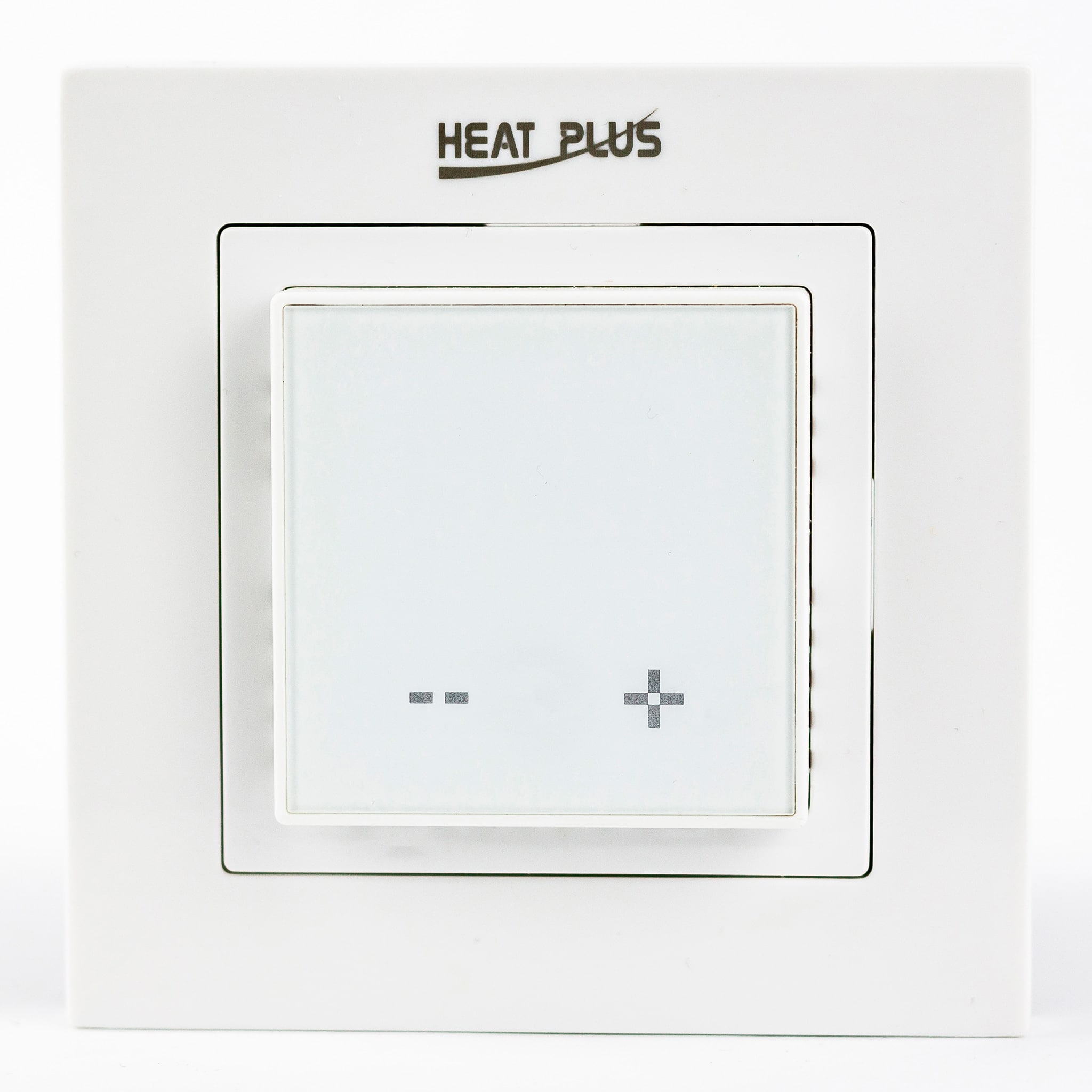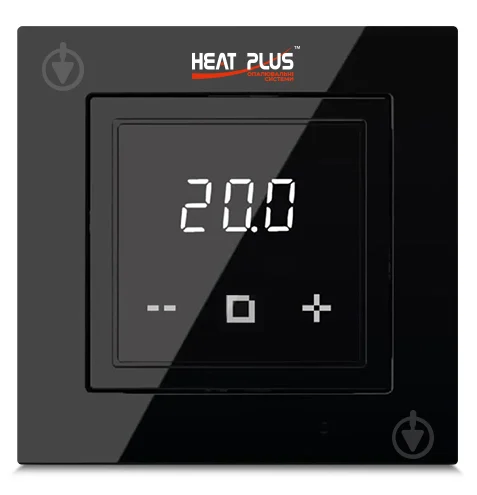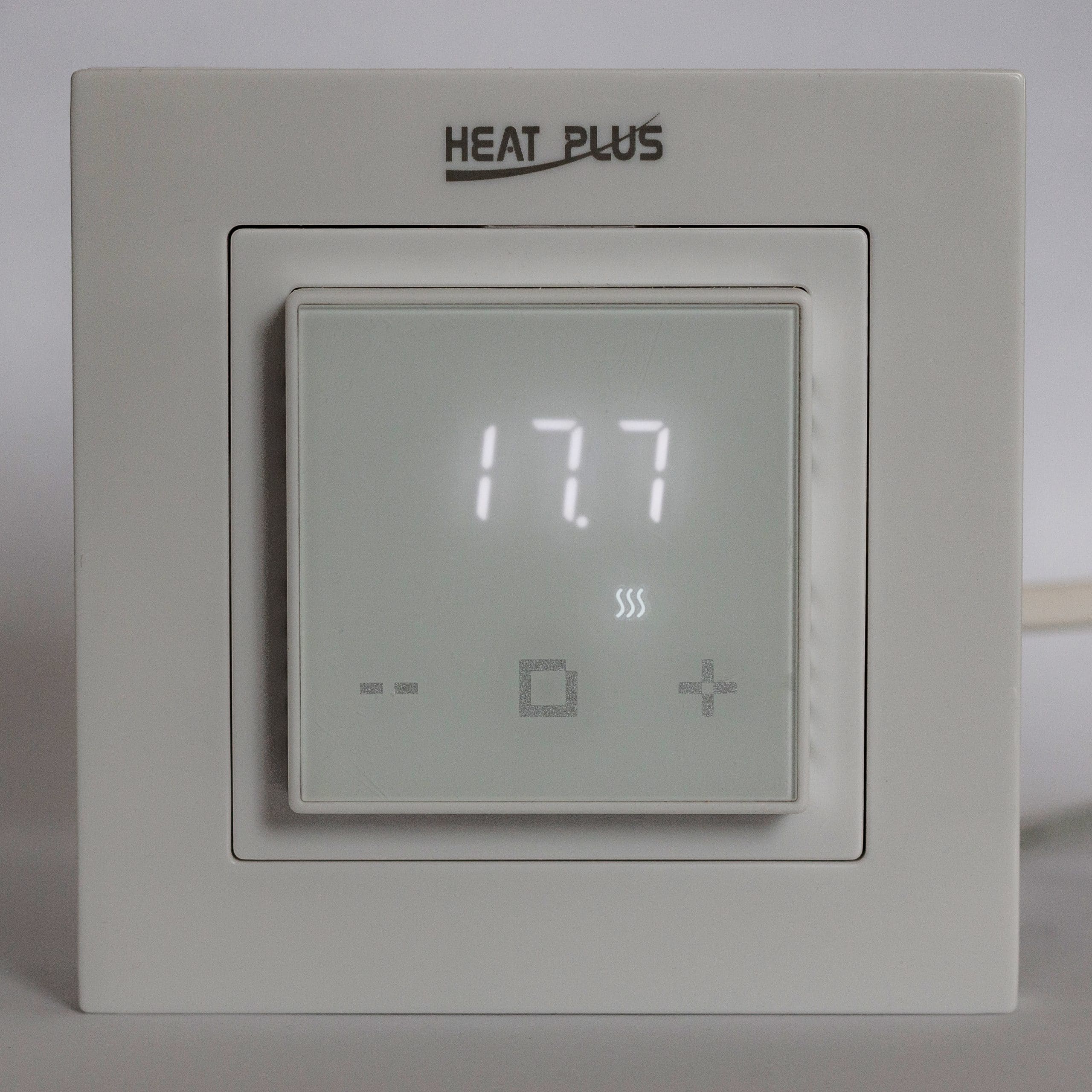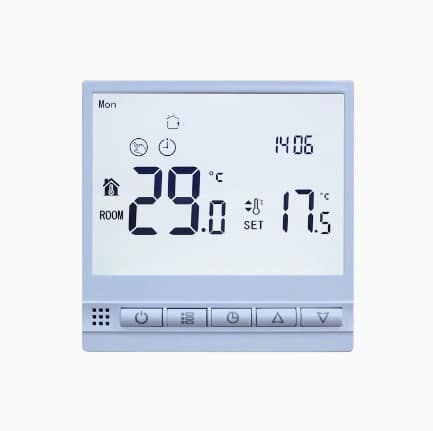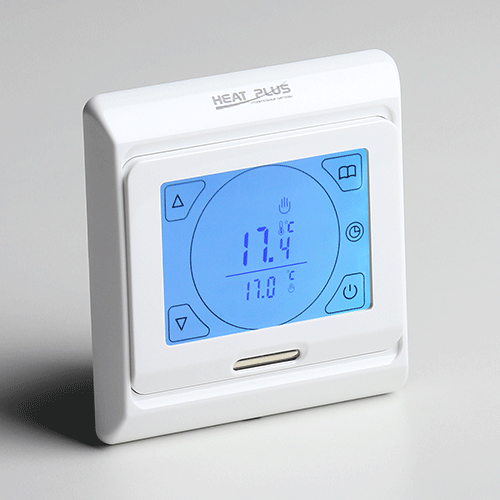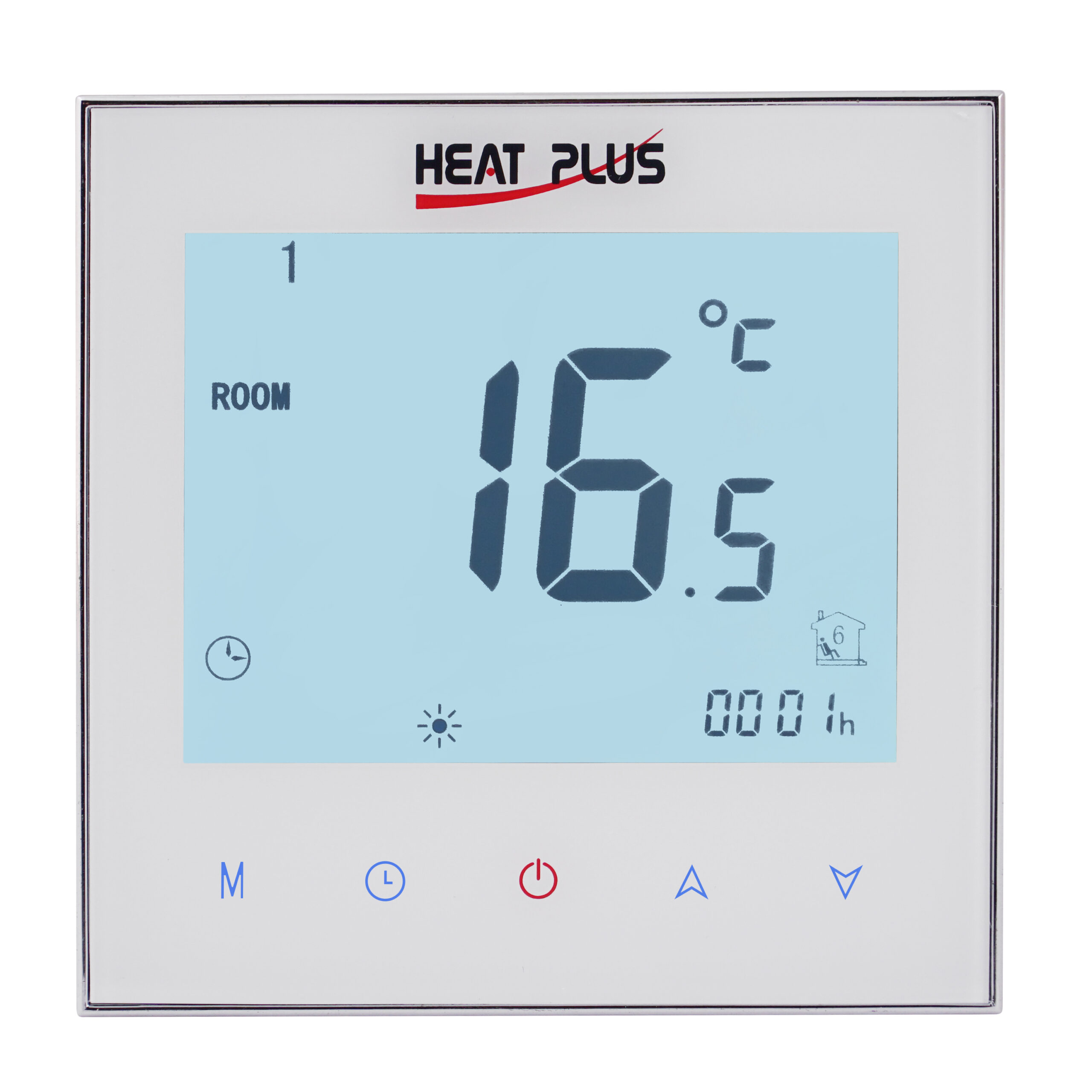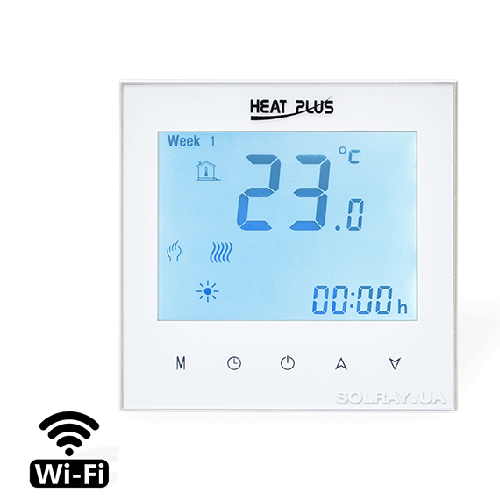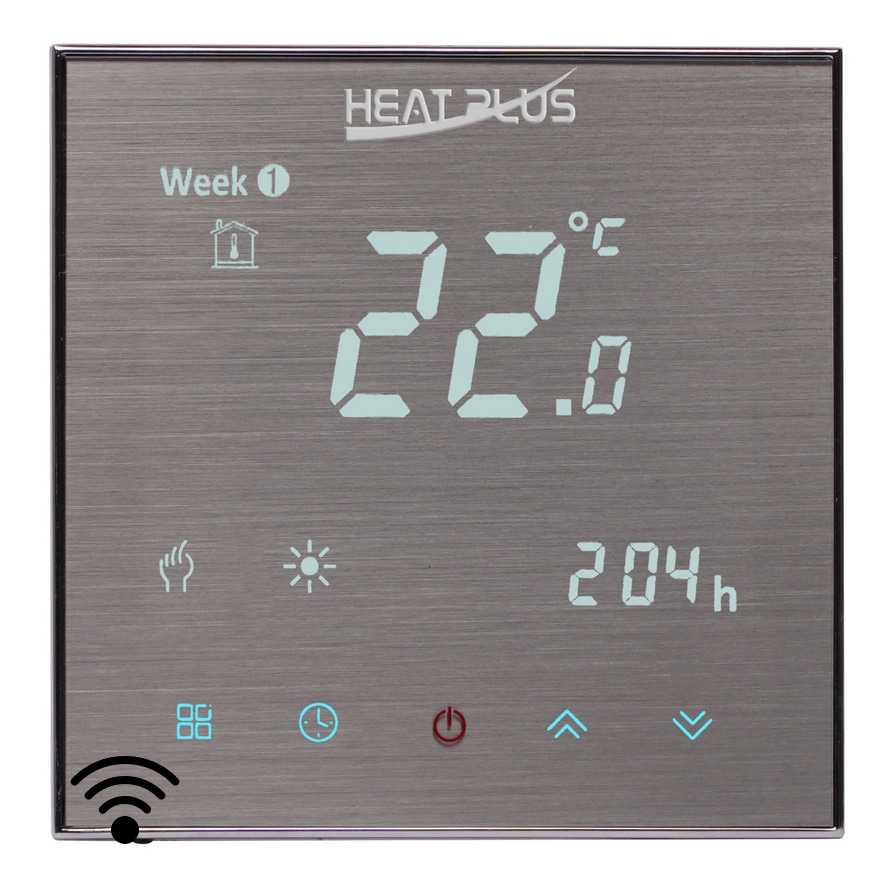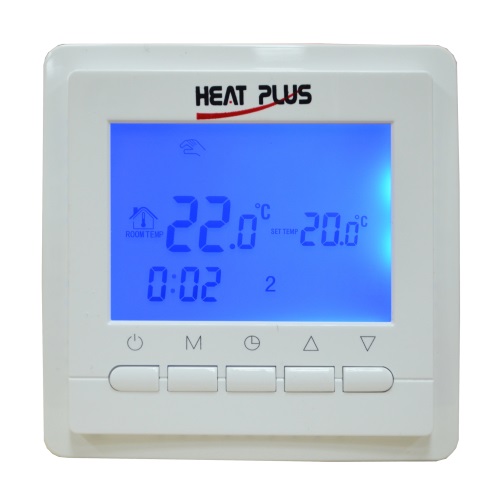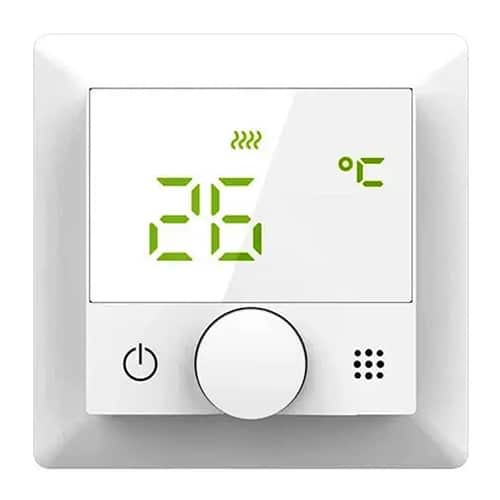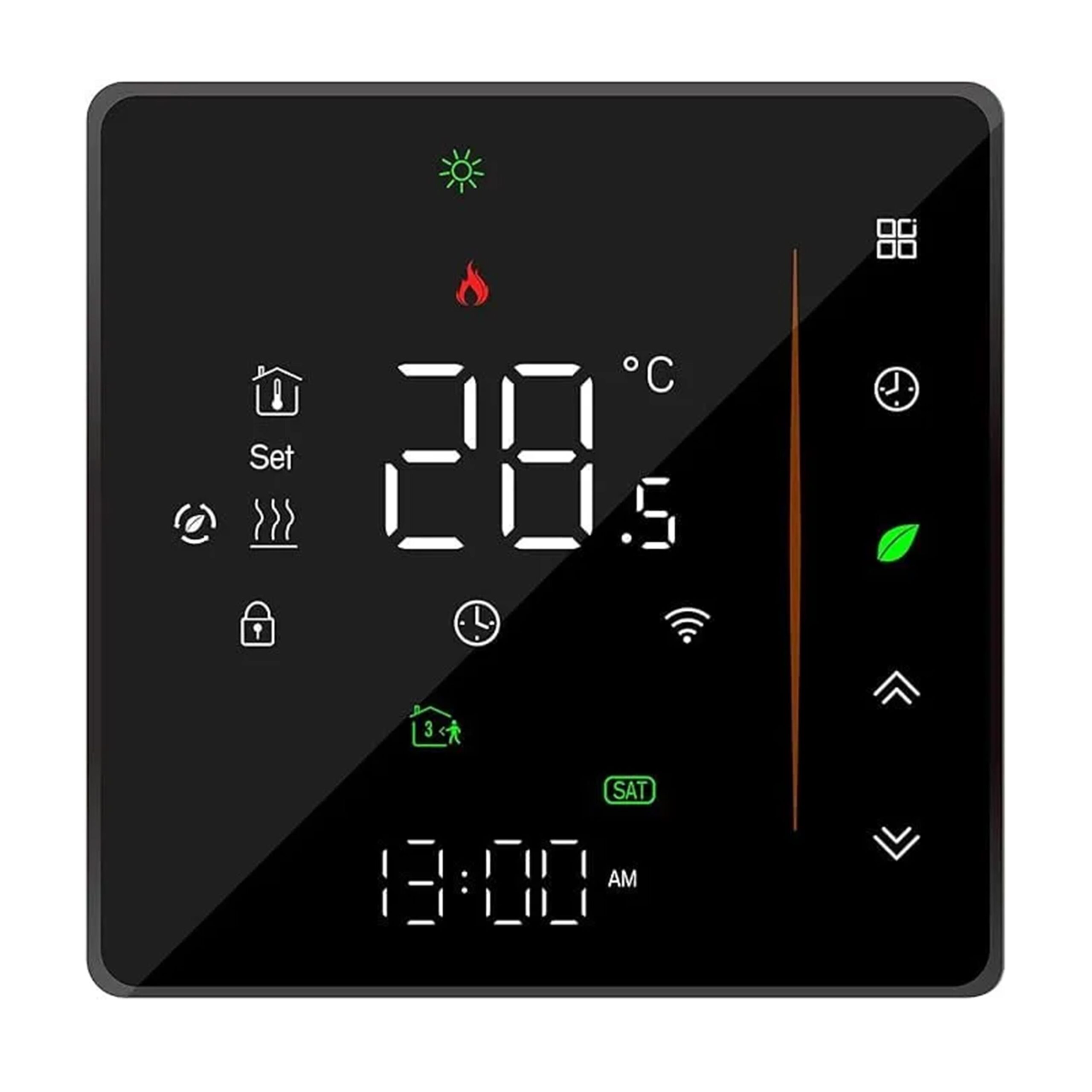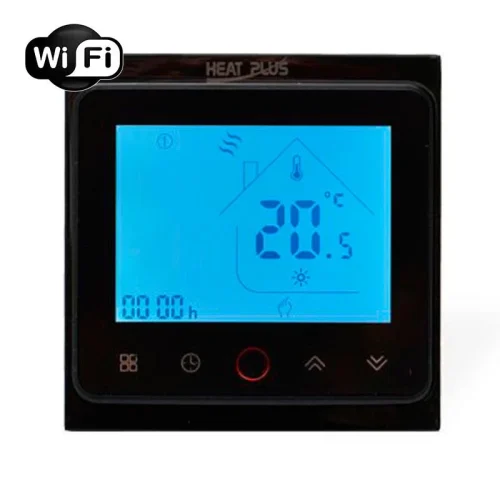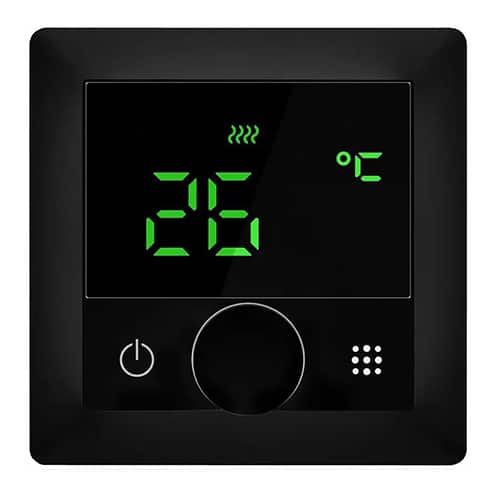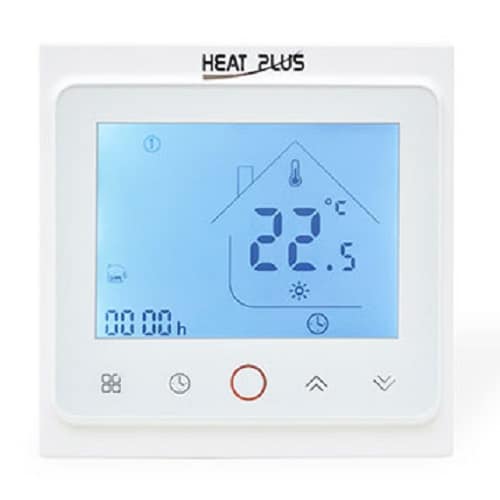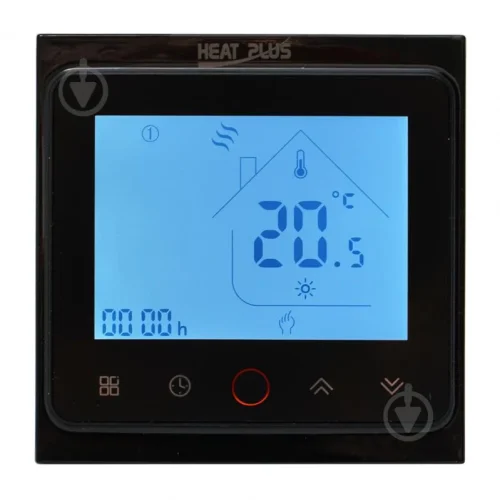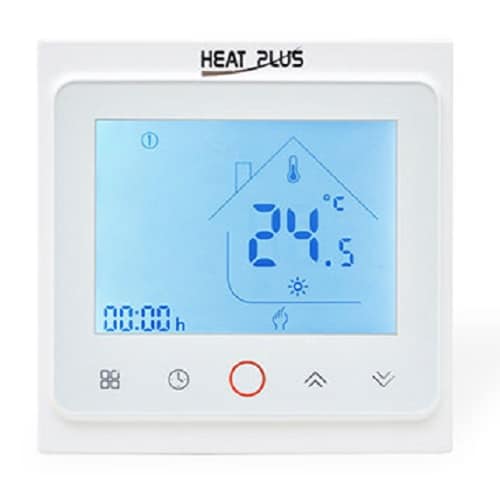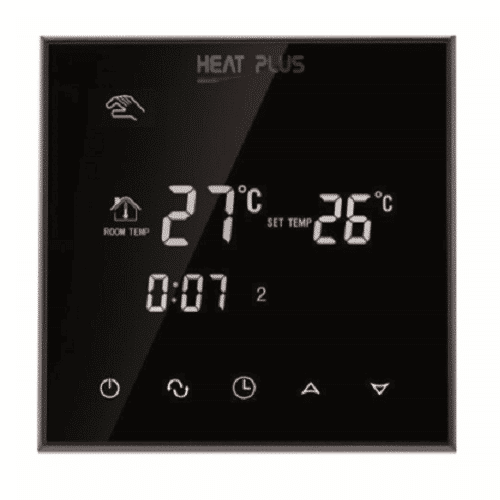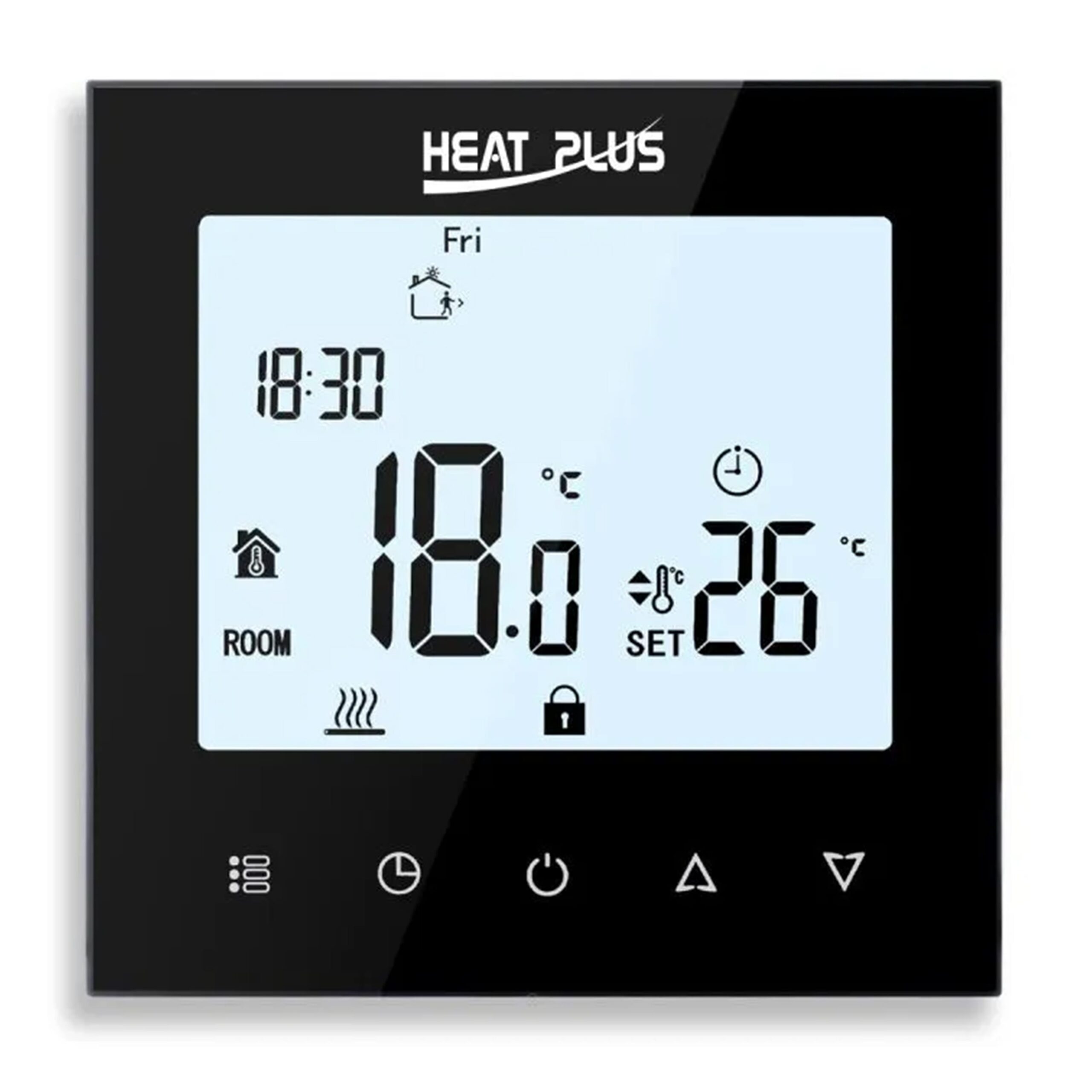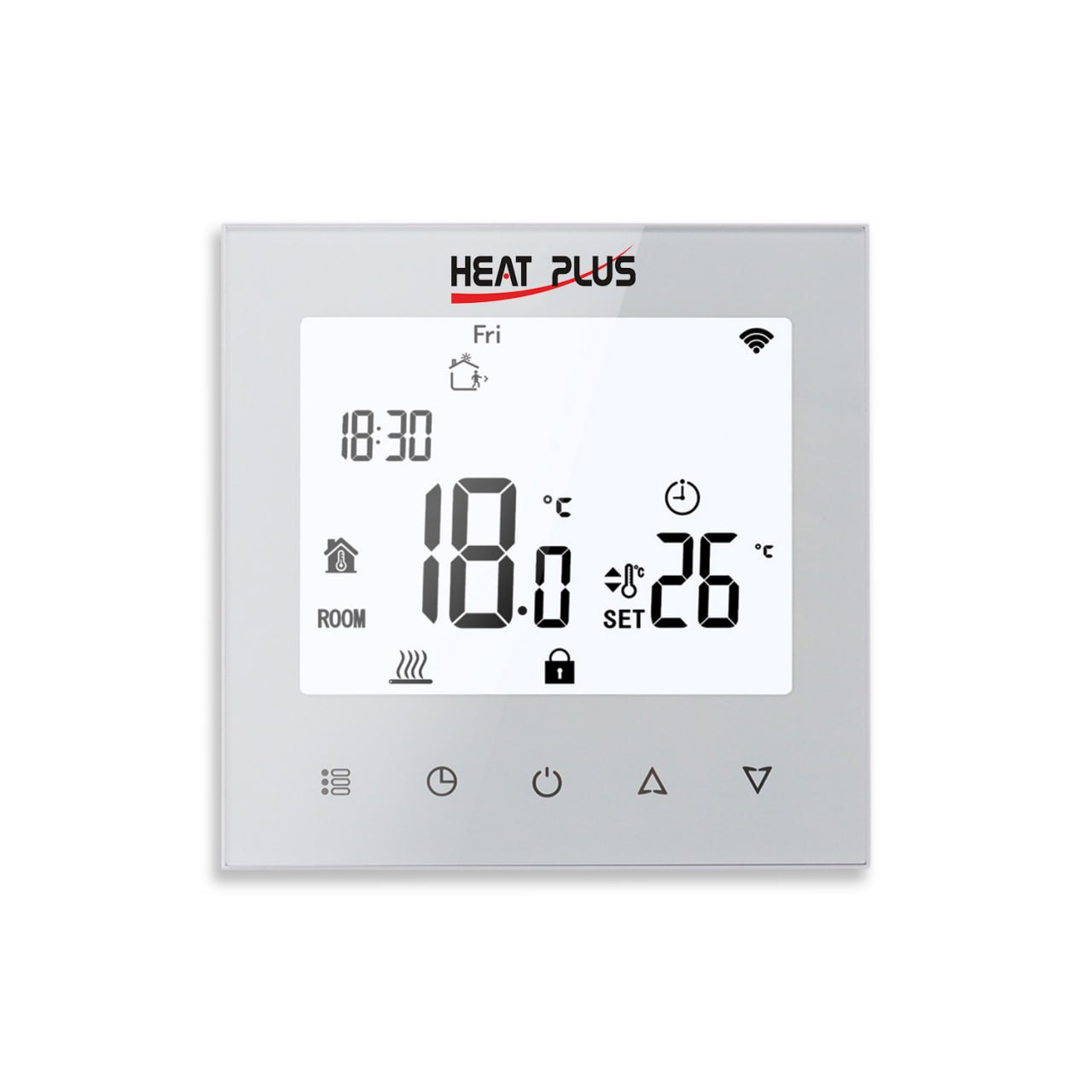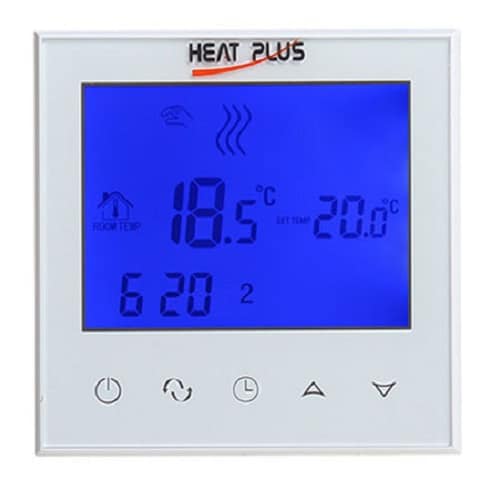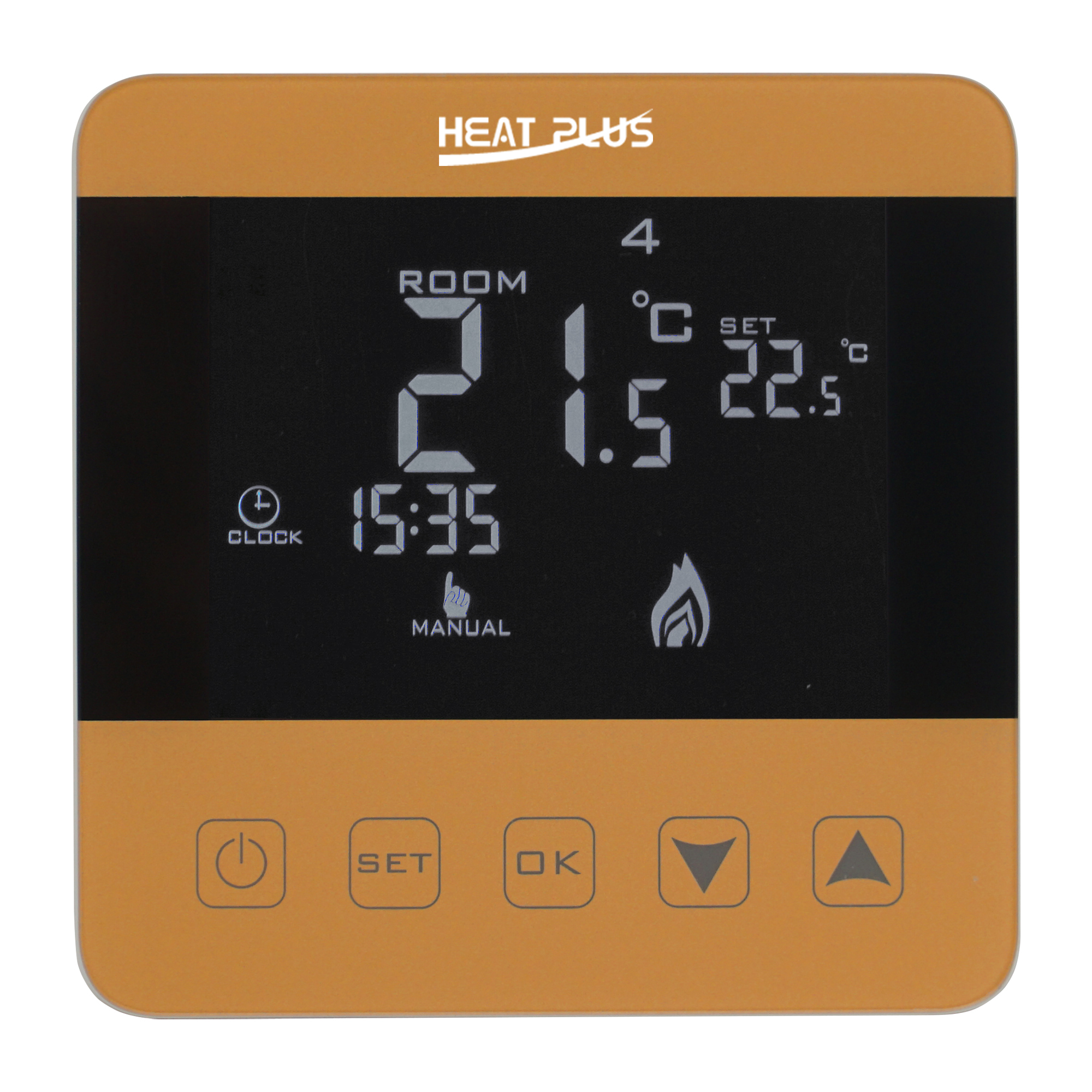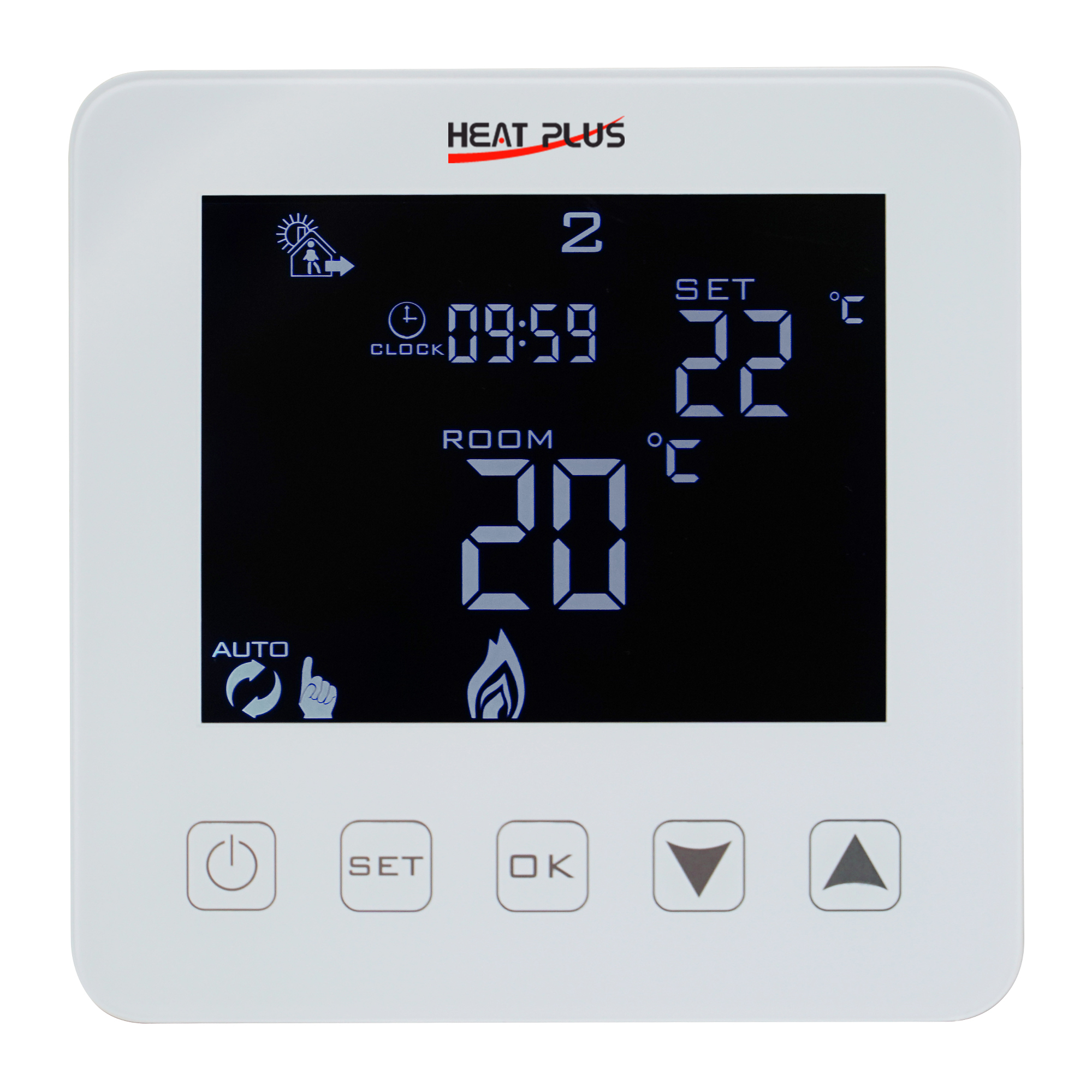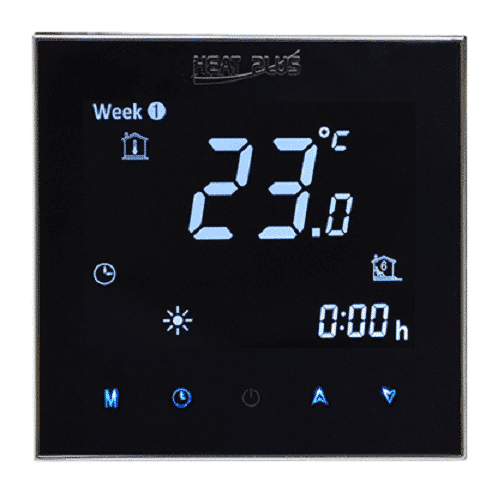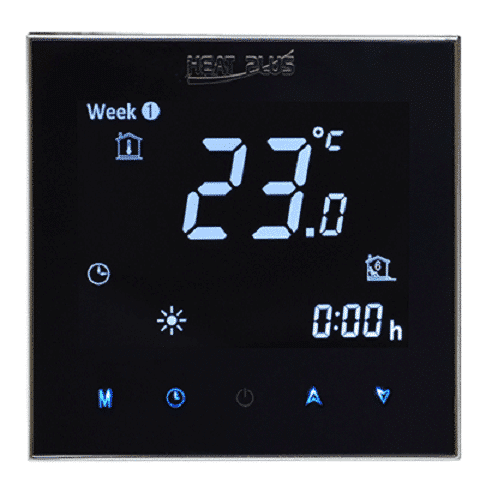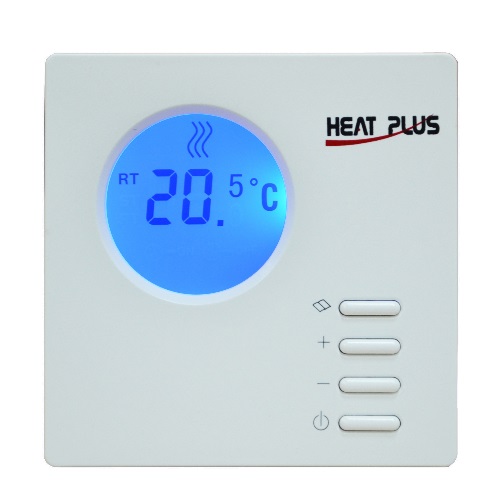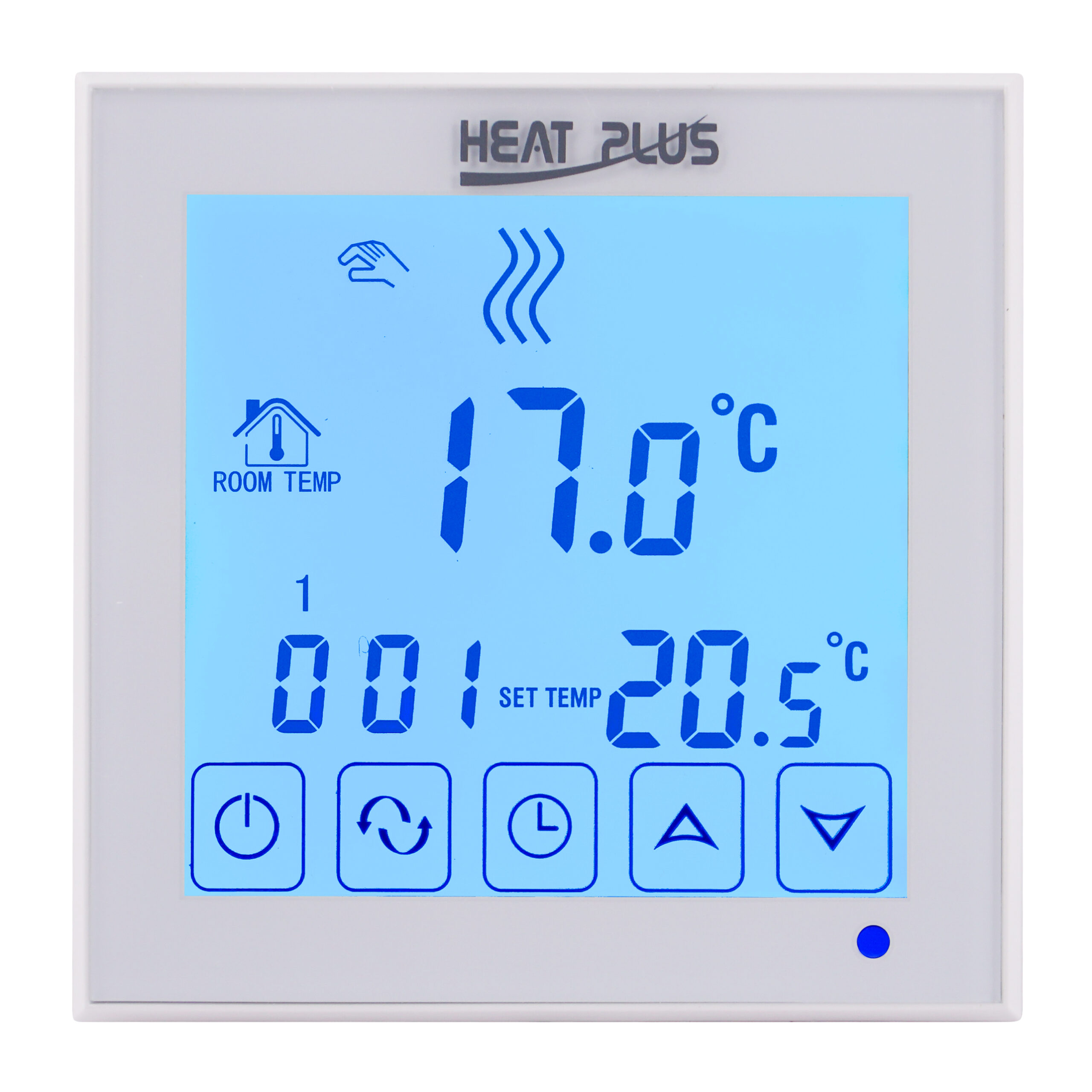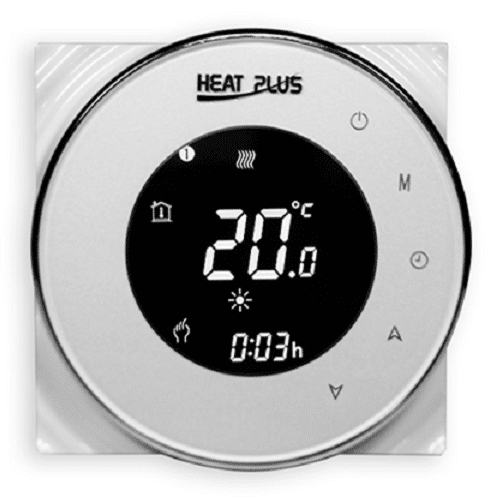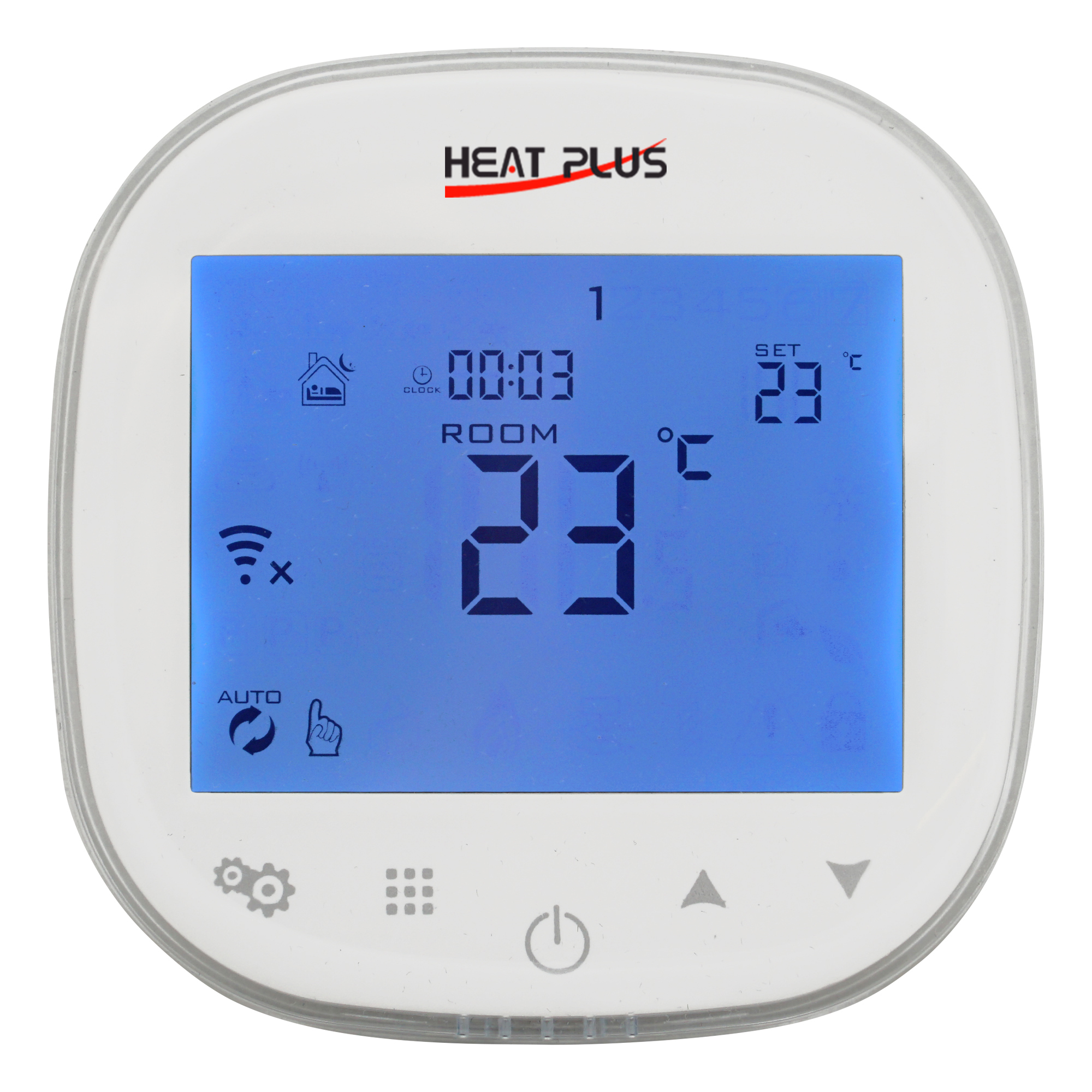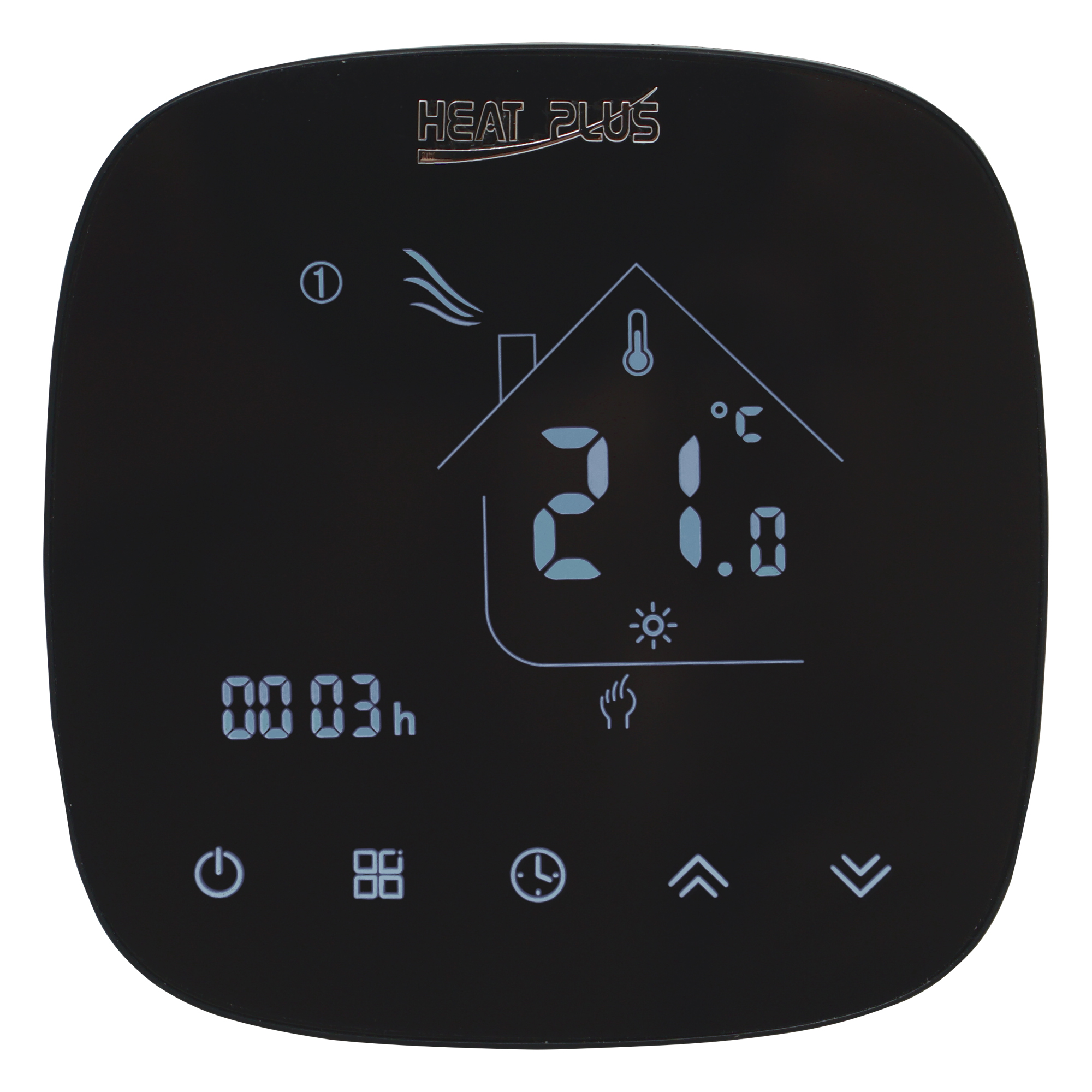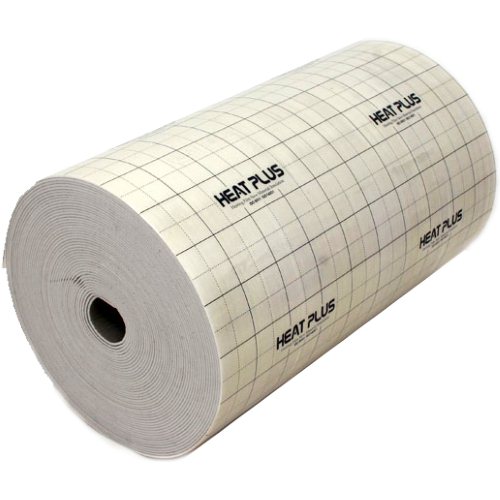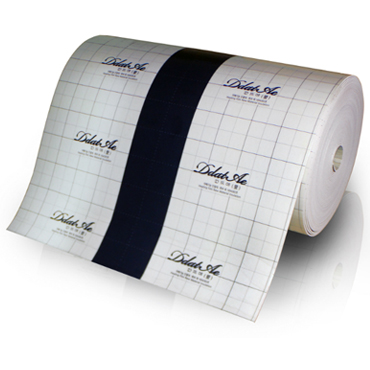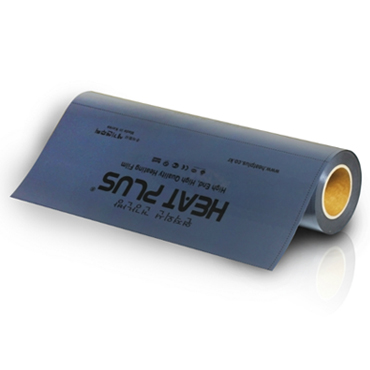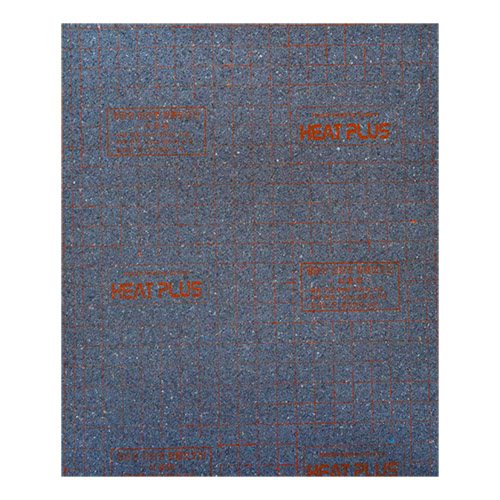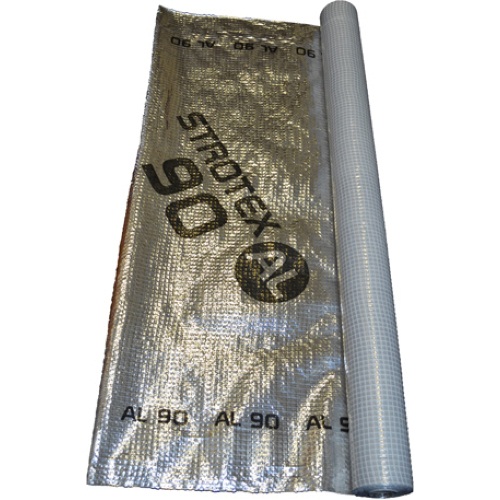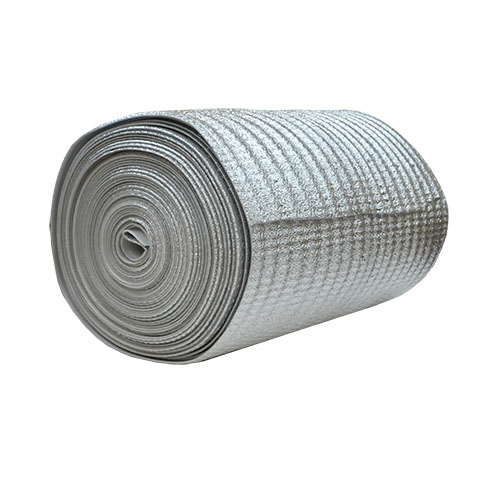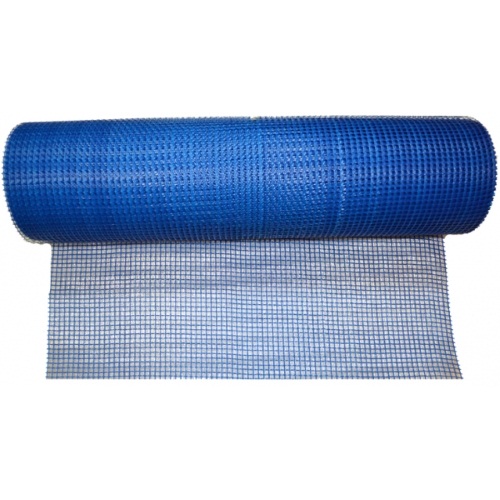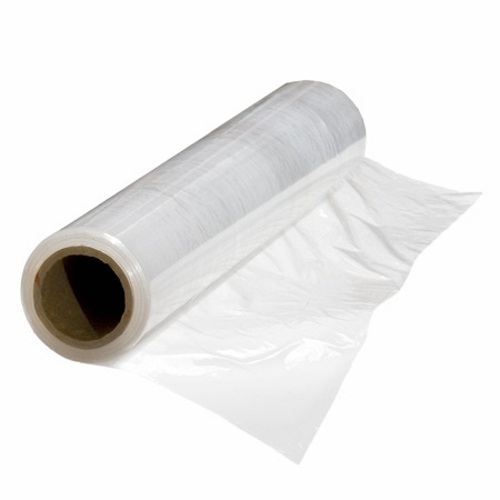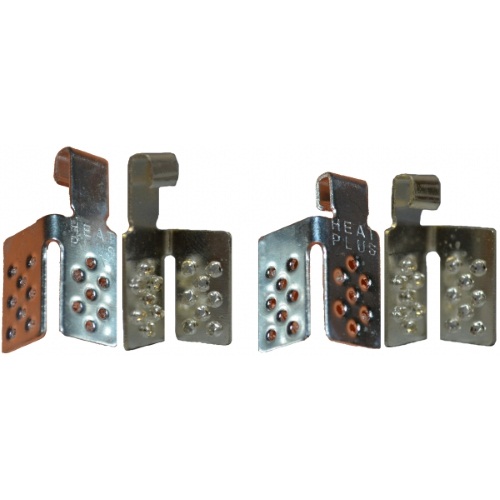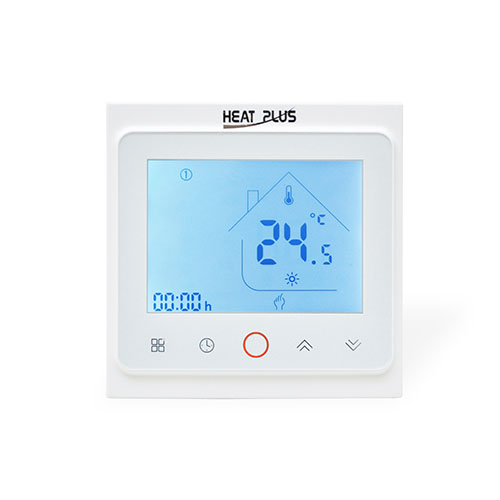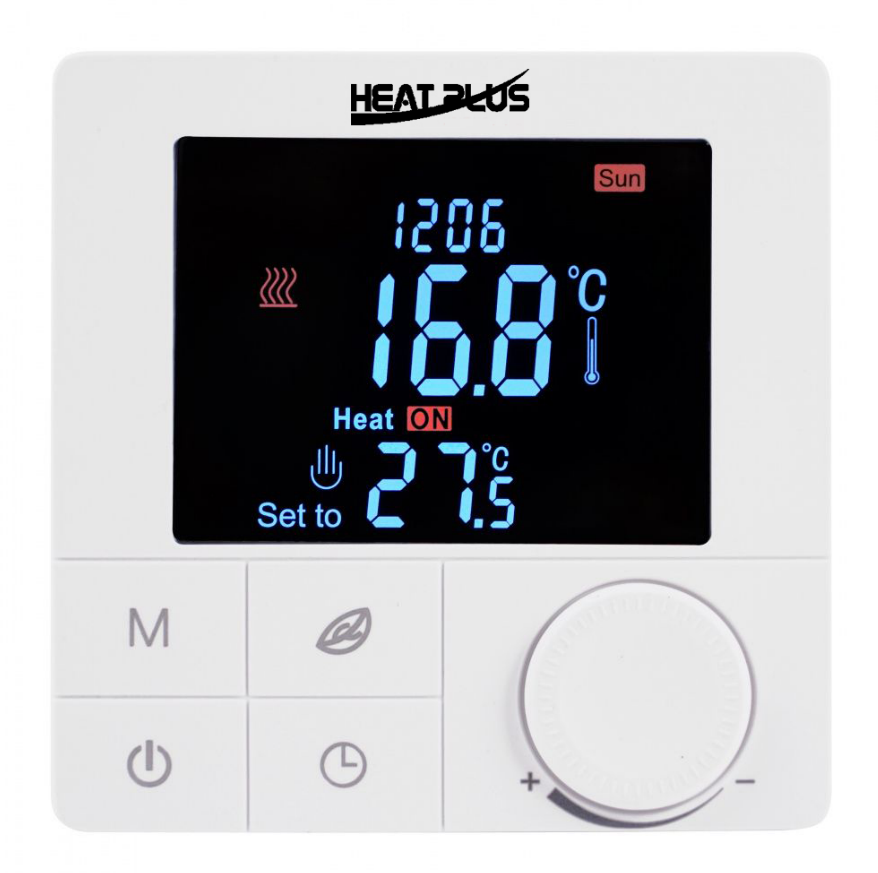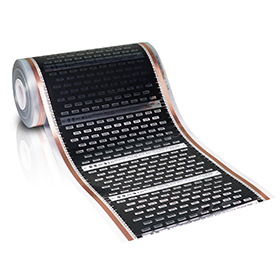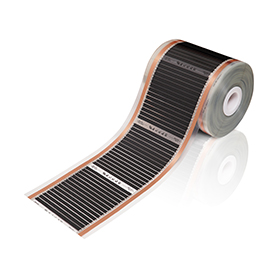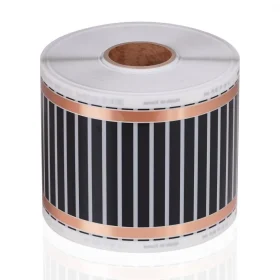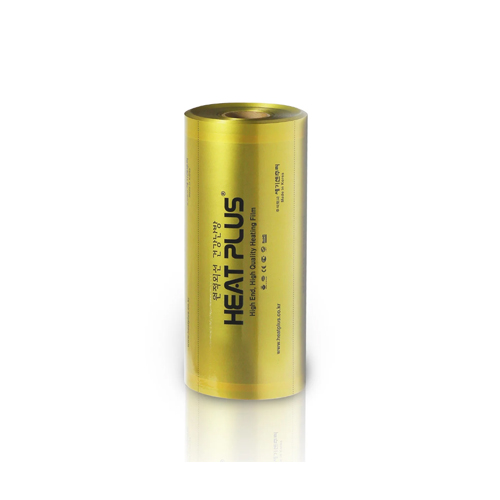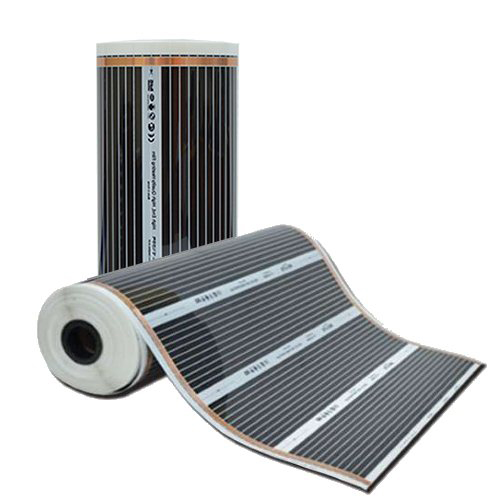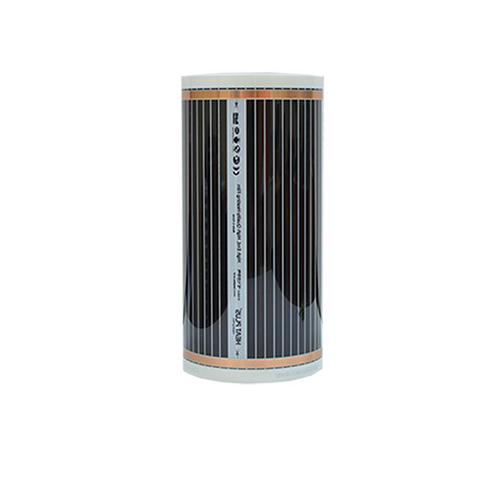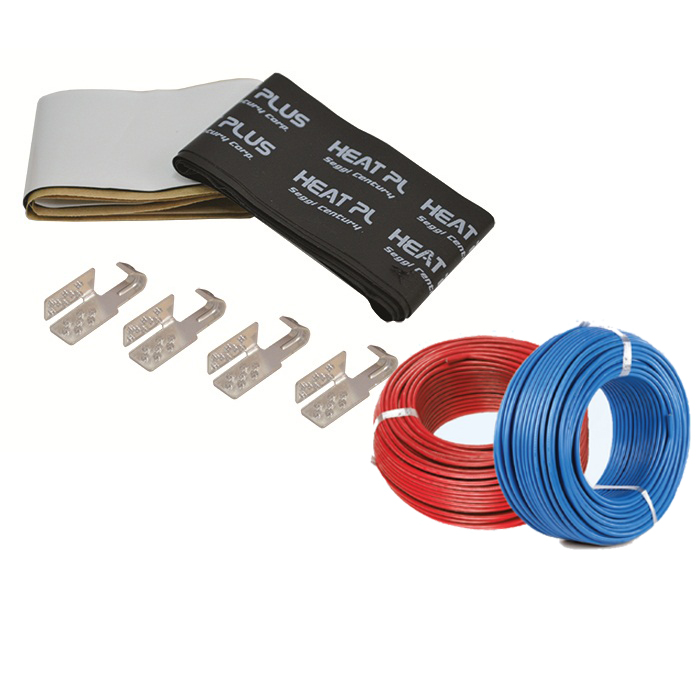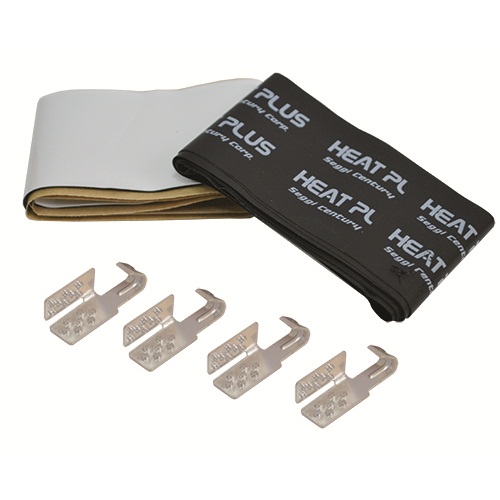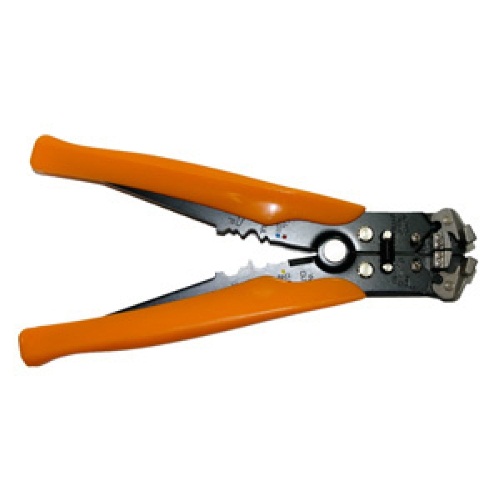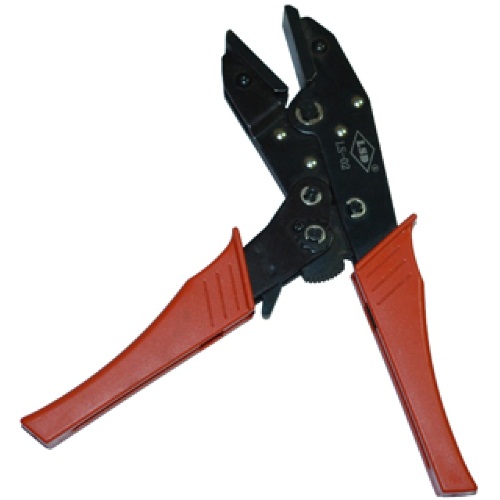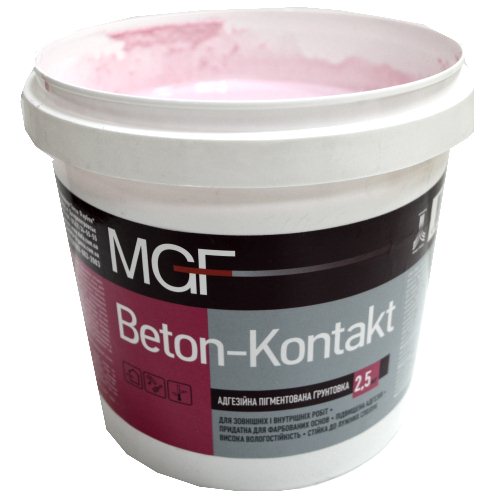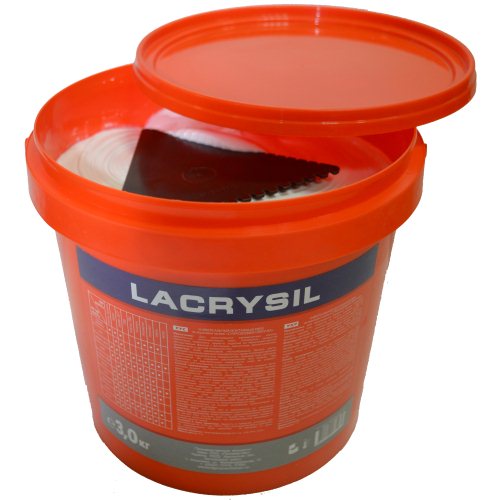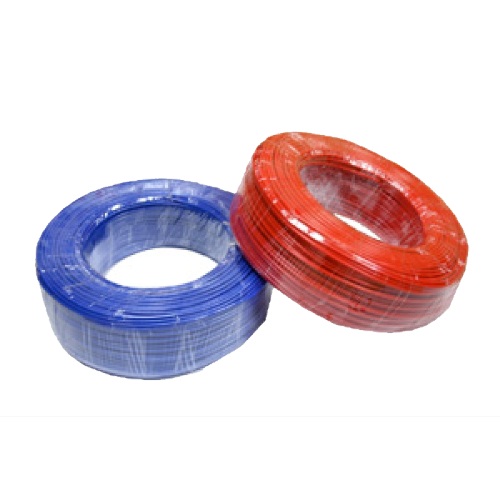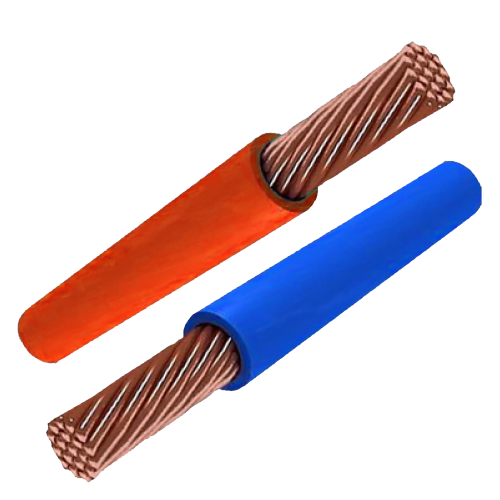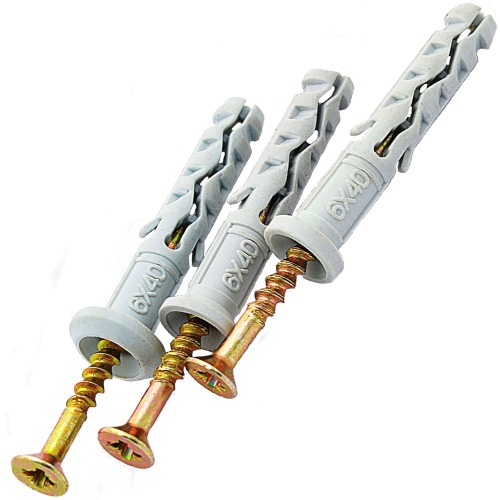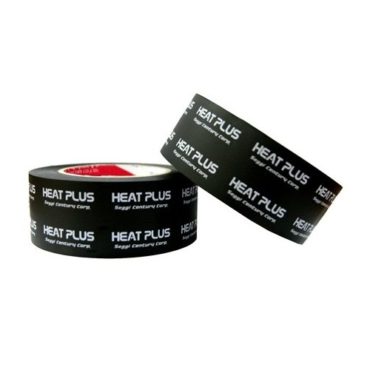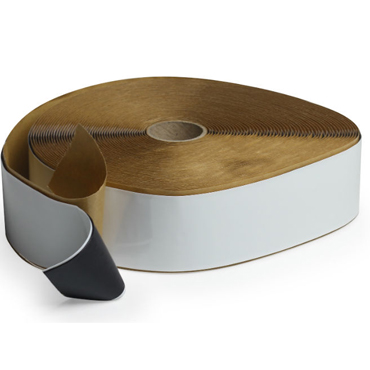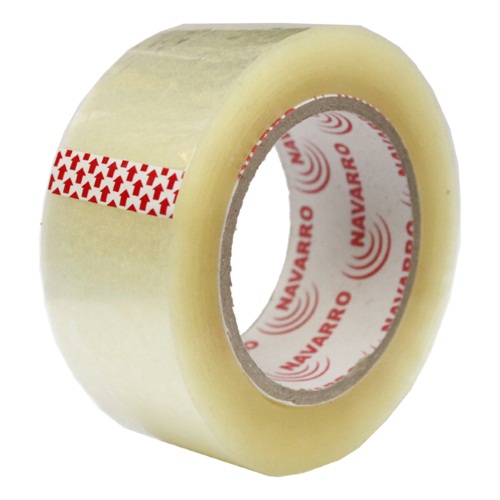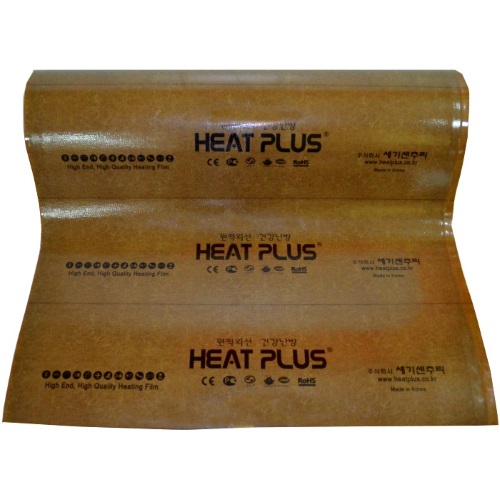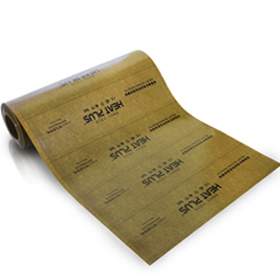How to choose the right underfloor heating for your home: simple tips from experts 🏡

📌 Types of electric underfloor heating
There are several types of electric floor heating systems. Each has its own features that should be considered before purchasing:
-
Cable system (resistive heating cable): is a special electric cable that is laid on the floor in a serpentine pattern. After installation, it is poured with a cement-sand screed or tile adhesive. Such a system is reliable, evenly distributes heat, and withstands significant furniture loads. The downside is the need to make a screed, which means raising the floor level and performing renovation work. There are single-core and twin-core cables: twin-core is easier to install (you don't need to return the second end to the thermostat) and has significantly less electromagnetic radiation. Single-core cables are usually cheaper; it is advisable to lay them in rooms where people spend less time (or for heating porches, paths, etc.), while for living rooms, it is better to choose a twin-core cable.
-
Heating mats: these are the same resistive cables, already fixed in a serpentine pattern on a thin mesh with a specific spacing. Mats are sold in sections (rolls) and are easier to lay than individual cables. The main advantage is the absence of a need for a thick screed: a thin mat can be laid directly into a layer of tile adhesive. This is an ideal choice for underfloor heating under tiles in the kitchen or bathroom if you don't want to do major renovations. Note that the final covering for mats can usually only be ceramic tiles or stone, as they are installed in tile adhesive.
-
Infrared film: an ultra-thin (≈0.4–0.5 mm) heating film system with conductive carbon tracks between polymer layers. The film does not require any screed at all – it can be laid dry. Simply lay the film on a leveled subfloor, connect the wires to the thermostat – and you can immediately lay laminate or other flooring on top. Pros: the fastest and cleanest installation (can be installed in 1 day without "wet" work), minimal floor level rise, very even heating over the entire area. Film flooring is also considered the most energy-efficient – it can save up to ~20% electricity compared to cable systems. Cons: higher material cost and usage limitations – film flooring generally cannot be laid under ceramic tiles or in screed (its plastic elements are not designed for cement pouring). The lifespan of quality film is slightly less than that of cable systems, but with proper installation, it will also last many years. Ideal for installation under laminate, parquet, vinyl, or linoleum in living rooms.
ℹ️ Note: In addition to those mentioned, there are other varieties (e.g., carbon rod mats), but they are used less frequently. The most common for home use remain resistive cable systems (in cable or mat form) and infrared films.
📌 Underfloor heating in different rooms
Different types of underfloor heating are suitable for specific rooms in the house in different ways. When choosing a system, consider the purpose of the room, the type of flooring, and the mode of room usage:
-
In the bathroom (and toilet): Bathrooms are almost always tiled with ceramic tiles, which combine perfectly with electric underfloor heating. Underfloor heating under tiles is an ideal solution, as tiles have high thermal conductivity and accumulate heat. After heating, the tiles retain heat for a long time, providing barefoot comfort even after the heating is turned off. For bathrooms, cable or mat systems are optimal: they are installed under tiles, are resistant to moisture, and provide the necessary heating power. Infrared films are not used in bathrooms, as they cannot be poured with tile adhesive or screed, and they are less suitable in wet areas. Important: ensure high-quality floor waterproofing over the cable/mat so that the system is protected from moisture. Underfloor heating in the bathroom quickly dries drops on the floor and prevents dampness on the walls, increasing comfort and hygiene.
-
In the kitchen: The kitchen is a room where people spend a lot of time, so underfloor heating is very appropriate here. If the flooring is tile or porcelain stoneware, feel free to choose a cable system or heating mats under the tiles. You can lay the mat directly in the adhesive layer, avoiding a thick screed. Such a system will quickly warm up cold tiles and retain heat, as tiles effectively conduct heat to the room's air. If other flooring is planned in the kitchen (e.g., laminate or linoleum), infrared film can be used underneath it. However, note that in the kitchen there is stationary furniture and heavy appliances (refrigerator, stove), under which heating elements are not laid. Plan the placement of underfloor heating sections so as not to install them under furniture without legs or large appliances – otherwise, the cable or film will overheat and may fail. For the kitchen, where people are often present, a twin-core cable (due to minimal electromagnetic radiation) or film is recommended – both options will be safe and comfortable.
-
In the bedroom and living rooms: Bedrooms, living rooms, nurseries, and other living spaces typically feature flooring like laminate, engineered wood, or carpet. Infrared film is best suited for these cases: it is installed dry directly under laminate or other flooring, without mess or dust. For example, during renovation, you can lay the film on the subfloor, connect the thermostat, and immediately lay the laminate – no waiting for screed to dry. Such a system does not noticeably raise the floor level (film thickness is less than 0.5 mm). Underfloor heating under laminate provides quick heat output without heating a massive screed, so the room warms up quite quickly. For the bedroom, underfloor heating usually serves as comfortable floor warming rather than primary heating – many maintain a moderate temperature in the bedroom for better sleep. In this case, you can set the thermostat to a lower temperature at night or schedule heating. If the bedroom or living room serves as the primary heat source, ensure sufficient system power and thermal insulation. Note: heating elements are not needed under heavy wardrobes, beds without legs, or other bulky furniture – plan their installation only in open floor areas where you will walk.
➕ Additionally:
Electric underfloor heating is also often used in hallways or corridors, especially if tiles are laid there. In cold weather, it's pleasant to step onto a warm floor when coming in from outside, and shoes and moisture on them dry faster. For corridors, a cable system or mat under tiles is suitable. In a private house, it is advisable to install underfloor heating in living rooms and children's rooms – wherever you seek comfort and wish to forgo visible radiators.
💡 Practical tips for choosing electric underfloor heating
Having decided on the type of system and the room, use these simple tips from experts to choose the optimal underfloor heating option for your home:
-
Consider the type of flooring. The choice of system depends on the finished flooring. For tile or stone flooring, cable or heating mats are best (they are laid in adhesive or screed). For laminate, vinyl, parquet, or carpet, it is more advisable to choose infrared film, which is installed without cement. In fact, underfloor heating can be laid under any decorative covering – even under a rug – as long as the correct system type is chosen and the flooring manufacturer's requirements are met.
-
Be sure to check the characteristics of your flooring material: The flooring manufacturer usually indicates whether it is compatible with heating and what maximum temperature it can withstand. For example, many types of laminate and linoleum are suitable for use with underfloor heating but have temperature limitations (usually up to ~27°C surface).
-
Calculate the required heating area. Measure the usable floor area where you plan to lay the heating elements. Do not include areas under large furniture without legs, kitchen furniture, or appliances – cables or film are not laid in these zones. Heating effectiveness will be sufficient if the system covers ~70% or more of the room's area. If a smaller part of the floor is heated, such underfloor heating can only serve for comfortable floor warming, supplementing the main heating. Do not try to cover 100% of the area; leave clearances from walls (10–20 cm) and space under furniture. Plan the furniture arrangement in the room in advance: heating the floor under a wardrobe or sofa is pointless and even harmful to the system. If furniture is planned to be placed after floor installation, it is better to choose models with legs (15+ cm high) to allow for ventilation underneath. Proper planning of the heating area guarantees reliable and long-lasting operation of the underfloor heating without overheating.
-
Take care of insulation. A high-quality layer of thermal insulation under the heated floor will significantly increase its efficiency – estimated at 30–40% energy savings due to reduced heat loss. If an insulating material (e.g., expanded polystyrene or foamed polyethylene with foil) is not laid under the heating cable, part of the heat will go downwards – to neighbors or into the ceiling, especially on the ground floor. Therefore, when installing a cable floor in a screed, be sure to lay insulation or a reflective screen recommended by the system manufacturer underneath it. For film floors on a concrete base, it is also advisable to use a thin underlay of foiled foamed polyethylene, which simultaneously serves as an underlay for laminate. The presence of thermal insulation will not only reduce heat loss but also accelerate floor heating and save your money on electricity.
-
Choose the optimal system power. Electric underfloor heating systems vary in specific power – usually from 100 to 200 W per square meter. The choice depends on whether the floor will be the primary heat source or just for comfort heating. If there are no other heat sources (radiators) in the room, a system with a power of about 175–220 W/m², covering most of the room's area, is recommended. This will provide enough heat to warm the entire room. If the underfloor heating is installed as supplementary heating, a lower power can be chosen for comfortable floor temperature – for example, mats ~100–150 W/m² or low-power film. For the bathroom, the optimal power density is closer to the upper range (150–200 W/m²), as tiles and high humidity levels require more intense heating. In well-insulated modern homes, 120–150 W/m² will be sufficient, especially if it's not the only heating. Pay attention to the electrical grid: before purchasing, make sure that the wiring and circuit breaker can withstand the additional load from the floor of the required power. Always install an RCD (residual current device) for the safety of electric underfloor heating in wet areas.
-
Use modern thermostats. The efficiency and economy of underfloor heating largely depend on the thermostat. We recommend not saving on a good programmable thermostat, preferably with remote control capability (Wi-Fi). With programming, you can automatically lower the temperature at night or during the day when no one is home, and raise it before your arrival. This allows you to reduce electricity consumption and heating costs – according to experts, up to 50% savings with proper use of a smart thermostat. In addition, the thermostat protects the system from overheating by maintaining the set floor or air temperature. Be sure to install a floor temperature sensor (included with the thermostat) – this will prevent the flooring from overheating, which is especially important for wooden and laminate floors.
-
Choose certified products with a warranty. Electric underfloor heating is a long-term investment in comfort, as the lifespan of quality systems is measured in decades. Give preference to products from well-known manufacturers that have certification and a warranty of at least 10–20 years. As a rule, even budget underfloor heating systems perform their functions no worse than premium-segment ones, but the difference may be in the durability of materials and the warranty period. Therefore, always follow the manufacturer's instructions during installation to maintain the warranty. And after installation, do not forget to make a layout plan of the heating elements – this will help in the future, for example, if you decide to drill the floor or change furniture.
🔔 In conclusion:
Properly selected and installed electric underfloor heating will make your home cozy, modern, and economical. You will forget about cold floors and feel true comfort even in the most severe frosts. If you have any questions or need help with selection – visit our company's catalog or get a free consultation from our experts. Take a step towards warmth and comfort today!

